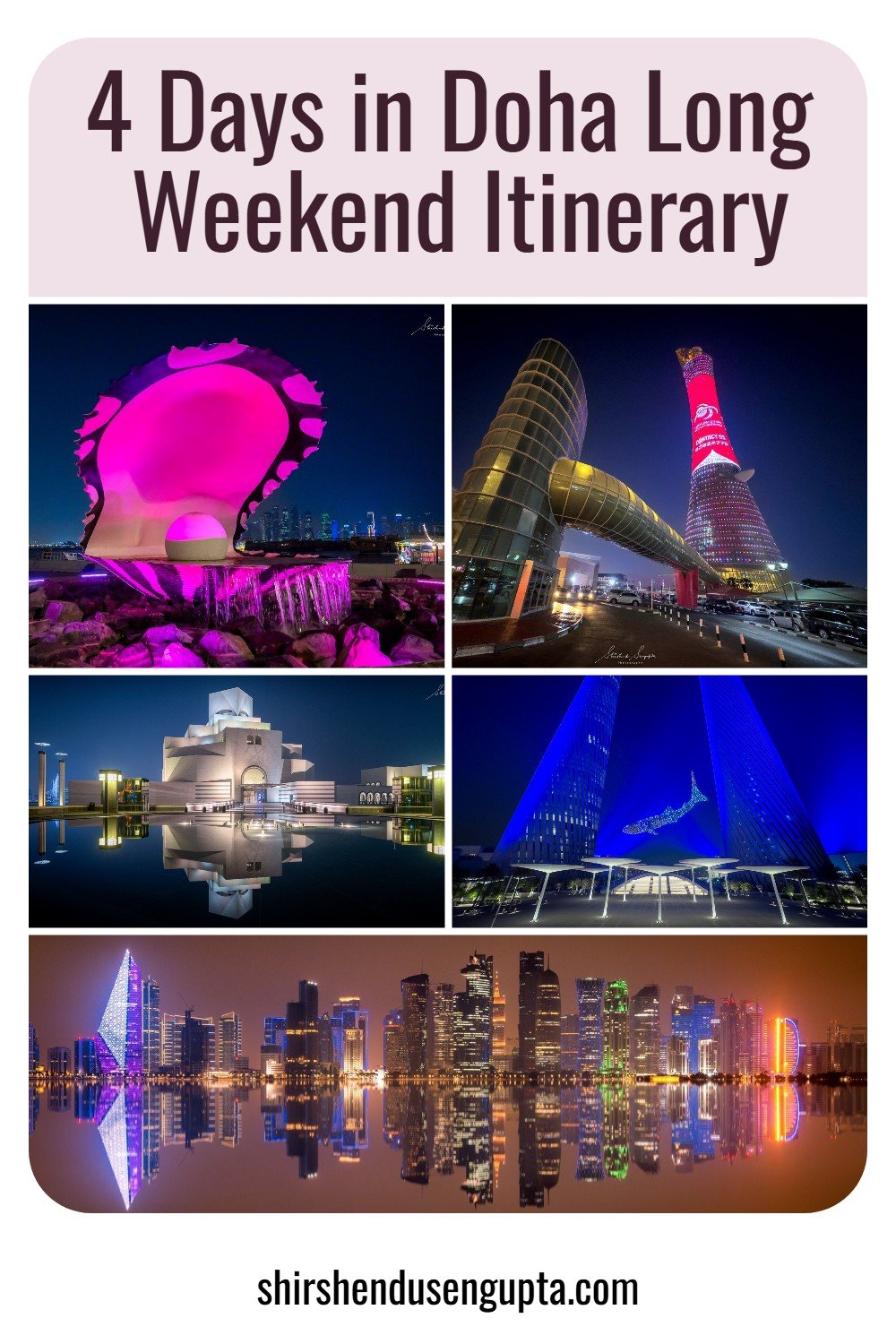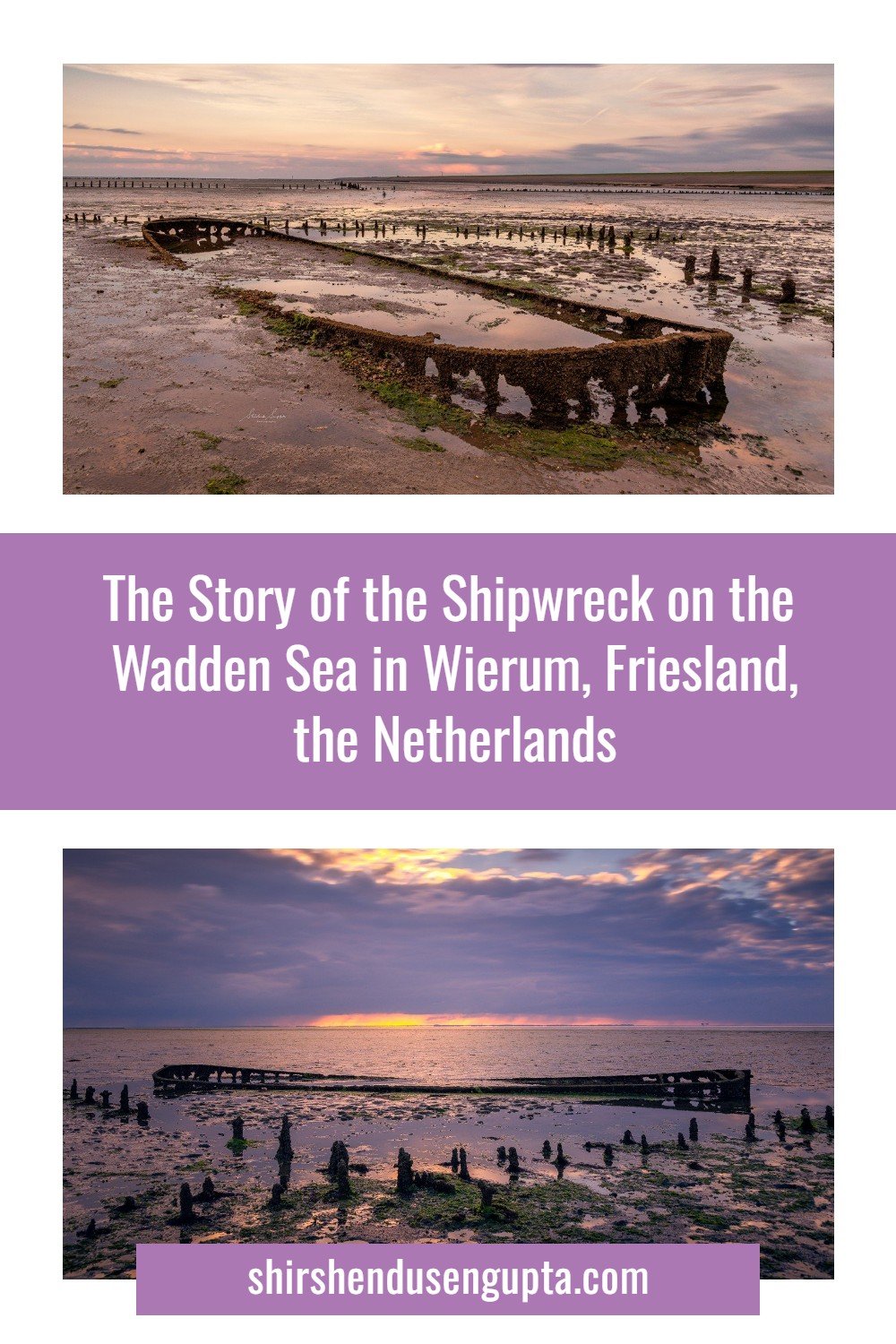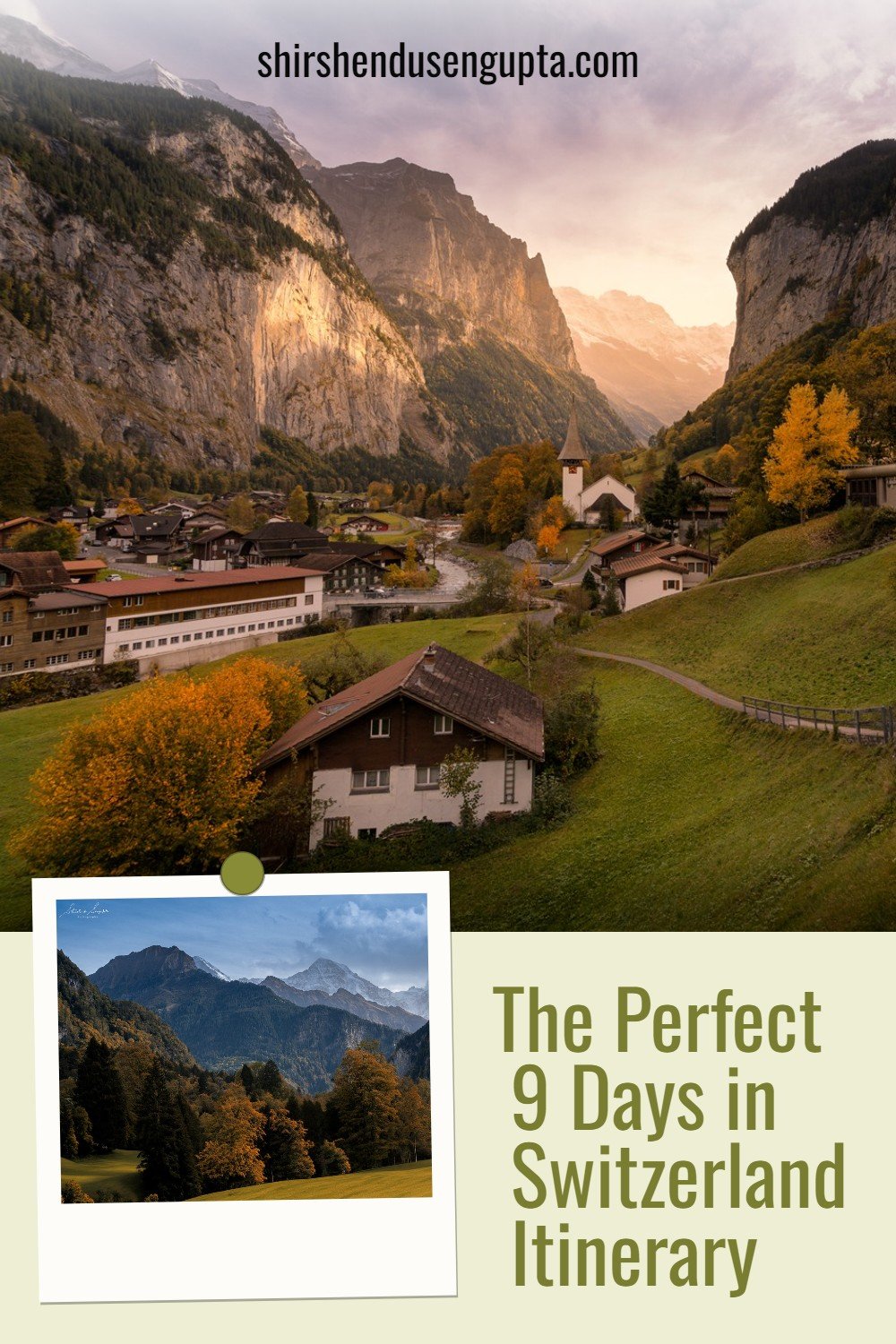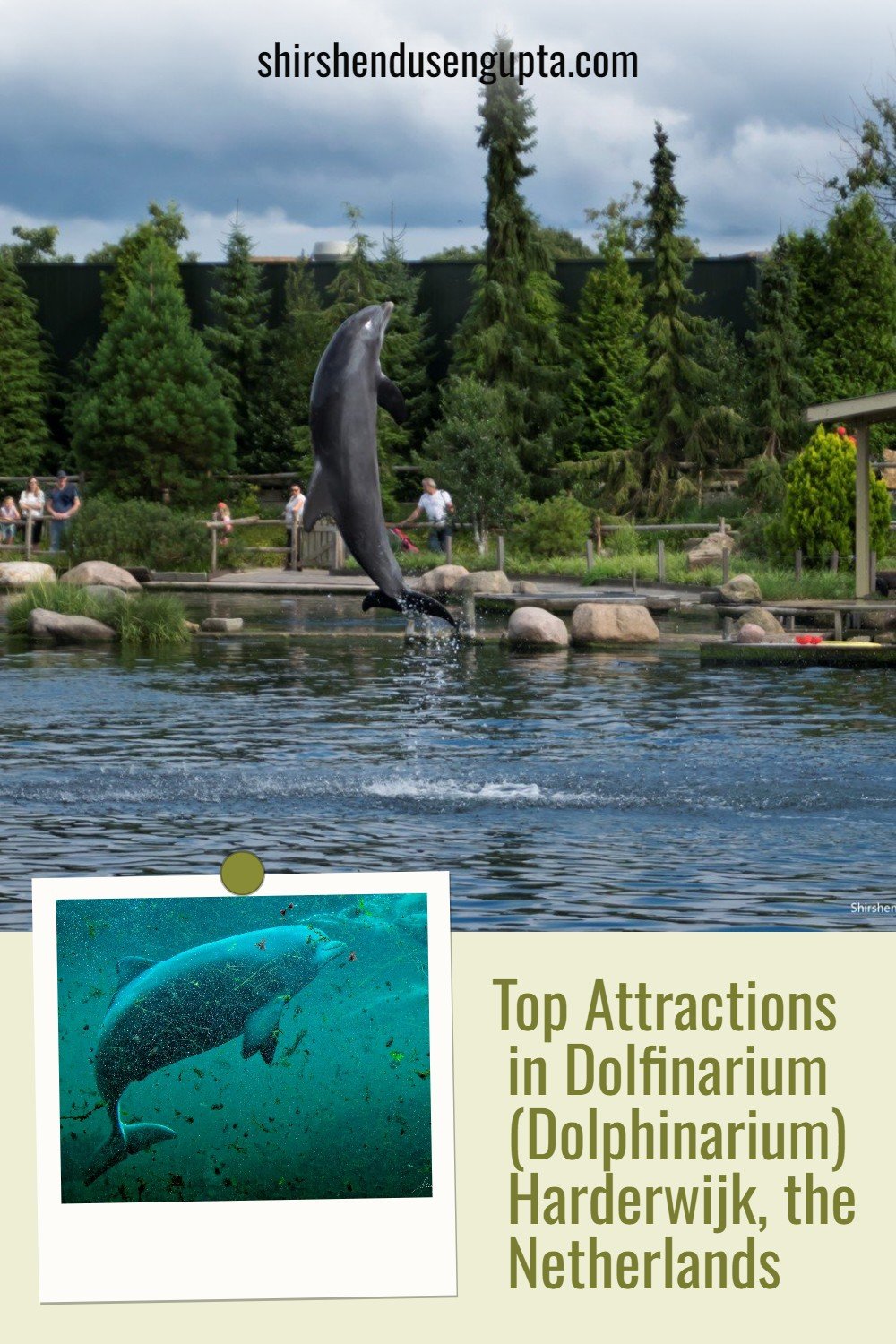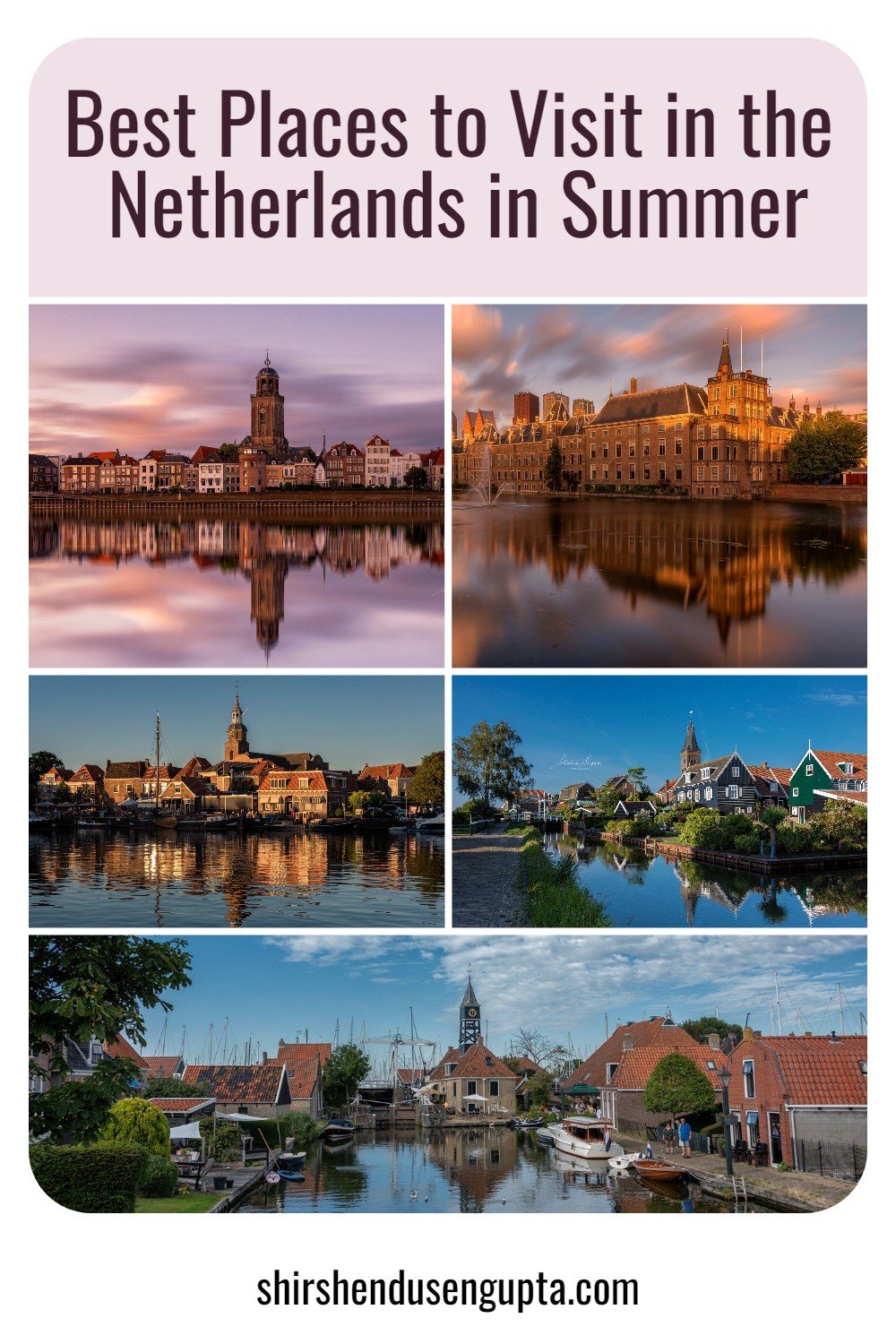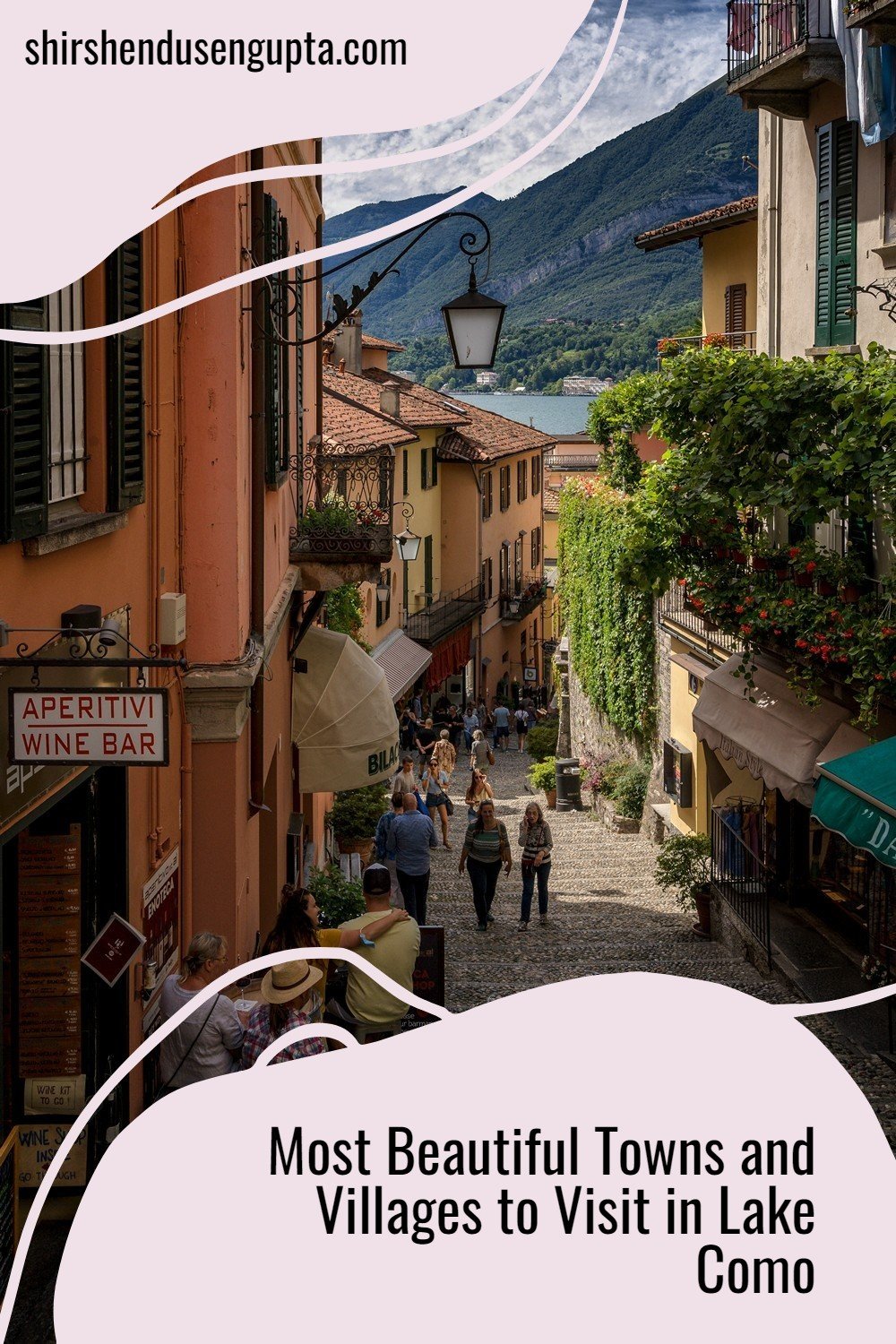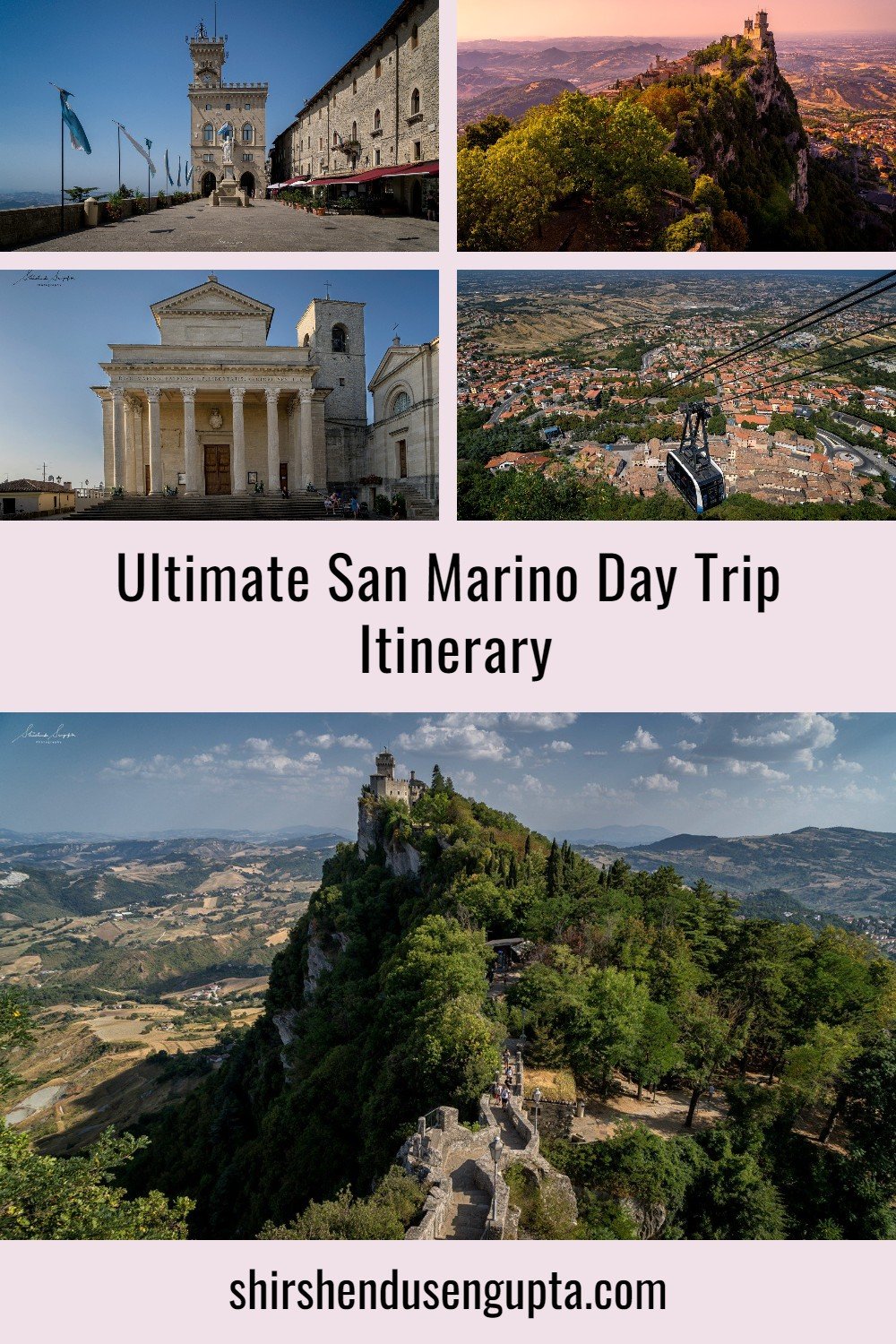A Complete Guide to Visiting the Cliffs of Monet in Étretat | 13 Best Things to Do and See on a Weekend Trip in Étretat, Normandy, France
Welcome to Étretat
Tucked along the windswept coast of Normandy in northern France, Étretat is a small seaside town famous for its dramatic white chalk cliffs and natural rock arches sculpted by the sea. Once a quiet fishing village, Étretat blossomed in the 19th century as a fashionable beach resort, attracting writers, artists, and Parisian elites. Its raw beauty, combined with the serenity of the sea and sky, has inspired generations.
Normandy itself holds immense historical and cultural importance, from the Viking settlements and William the Conqueror to the pivotal D-Day landings of World War II. With its medieval towns, rich dairy traditions, and picturesque coastlines, Normandy is a treasure trove for explorers seeking nature and history. Today, Étretat stands as a jewel of this region, a place where cliffs meet canvas, and history lives in the landscape.
Why is Étretat Famous?
Étretat’s most iconic claim to fame is its striking cliffs and the way they were immortalized by the legendary Impressionist painter Claude Monet. He visited Étretat numerous times between 1883 and 1886, painting the cliffs in various lights and weather conditions. His works, especially those of the Falaise d’Aval and the Manneporte, helped elevate the town to international fame.
Beyond Monet, Étretat captivated other greats like Gustave Courbet and Eugène Boudin, as well as later writers such as Maurice Leblanc, creator of the fictional detective Arsène Lupin. The interplay of light, sea, and stone here creates a natural theater that artists, photographers, and nature lovers still flock to today. In short, Étretat isn’t just a place; it’s a muse, a canvas, and a living story of France’s cultural heart.
12 Best Things to Do and See in Étretat
1. Falaise la Manneporte (The Manneporte Arch)
The Falaise la Manneporte is the largest and most awe-inspiring of Étretat's natural sea arches. Carved over millennia by the relentless power of the English Channel, this massive arch was famously depicted in Claude Monet's paintings. The word "Manneporte" likely derives from "grande porte" or "great door," referring to its immense, cathedral-like opening. During low tide, visitors can walk along the beach to view the arch from below, marveling at its scale and symmetry. The formation is a geological masterpiece that showcases the chalk and flint stratification of the Alabaster Coast. It has long been a symbol of the town’s dramatic landscape and a favorite among photographers and painters. I shot the image below standing at the edge of the next cliff, Falaise d'Aval (coming next in the article), while appreciating the forces of nature and time that shaped the cliffs and inspired generations of artists.
View of Falaise la Manneporte (the Manneporte Arch) from Falaise d'Aval
2. Falaise d'Aval (The Arch of Aval)
Next to the Falaise la Manneporte lies another of Monet’s muses, the Falaise d’Aval, renowned for its elegant sea arch that juts into the ocean like an elephant dipping its trunk. The name “Aval” comes from the Norman dialect, meaning “downstream.” Artists and poets have long compared this cliff to a dreamscape, and it continues to be one of the most photographed spots in northern France. The dramatic view from the top of the cliff provides an exceptional vantage point over the sea and neighboring cliffs (from where we shot the image of Falaise la Manneporte above), especially during sunset. Historically, this part of the coast was crucial for the fishing industry and coastal navigation. Today, it’s a serene spot where you can experience both natural beauty and cultural storytelling all in one view.
View of Falaise d'Aval (the Arch of Aval) from Plage d'Étretat (Étretat Beach)
3. Plage d'Étretat (Étretat Beach)
Étretat Beach, composed of smooth pebbles rather than sand, is the perfect place to pause between cliff hikes. It has long been a summer retreat, especially during the Belle Époque era when visitors lounged in striped bathing cabins. Today, the beach still offers spectacular views of the Falaise d’Aval, and it becomes magical during twilight when the cliffs reflect off the water. At low tide, you can explore tide pools or walk to the foot of the arches, though caution is advised due to sudden changes in tide. It's a serene spot to absorb Étretat’s essence - sea, sky, and stone.
4. Promenade d’Étretat (Étretat Promenade)
The Promenade d’Étretat is a picturesque coastal walkway that runs along Plage d’Étretat (Étretat Beach), stretching from the dramatic white cliffs of the Falaise d’Aval at the southern end of the beach to the Falaise d’Amont at the northern end (coming next in the article). Popular since the 19th century, the promenade became a favorite of artists, writers, and vacationers drawn to its natural beauty and seaside charm. As you stroll past historic villas and ocean-facing cafés, the salty breeze and rhythmic waves create a peaceful, painterly setting. It’s an ideal place for a relaxing walk, sunset photography, or simply admiring the ever-changing Norman sky and sea.
5. La Falaise d'Amont (Upstream Cliff)
Located at the northern end of the Plage d’Étretat (Étretat Beach), the Falaise d’Amont offers equally breathtaking views. Historically, this cliff served as a lookout point for fishermen and locals during storms. A gentle hike to the top of the cliff leads to the Chapelle Notre-Dame-de-la-Garde (coming later in the article). From here, you can enjoy panoramic vistas of Étretat’s beach, town, and surrounding cliffs. Monet painted this perspective too, capturing its layered textures and shifting clouds. Today, it’s a peaceful place for reflection and photography, ideal for watching paragliders take off from the cliff edge.
View of La Falaise d'Amont (Upstream Cliff) from Plage d'Étretat (Étretat Beach)
6. Chapelle Notre-Dame-de-la-Garde
Perched on the Falaise d’Amont, this neo-Gothic chapel is dedicated to Our Lady of the Watch, the patroness of sailors. Built in 1856, it was destroyed during World War II and later rebuilt. It has long served as a spiritual beacon for fishermen and sailors navigating the unpredictable Norman coast. Inside, you’ll find modest maritime offerings and memorial plaques. The chapel’s silhouette against the horizon is one of the most iconic sights in Étretat. It offers not only spiritual solace but also one of the best panoramic views in the region.
Panoramic view of Étretat from Notre-Dame-de-la-Garde
7. Les Jardins d’Étretat (The Gardens of Étretat)
Next to the Chapelle Notre-Dame-de-la-Garde on top of the cliff of Falaise d'Amont, Les Jardins d’Étretat blend avant-garde sculpture with classical French landscaping. Originally inspired by the garden of actress Madame Thébault, a friend of Claude Monet, it was reimagined in the 21st century into a living art gallery. The gardens feature surrealist sculptures, organic hedge mazes, and breathtaking cliff views. Designed by landscape architect Alexander Grivko, it’s a tribute to the artistic legacy of Étretat. As you walk through the topiary “waves” and dreamlike figures, you feel immersed in a world where nature meets imagination, just as it did in Monet’s paintings.
One of the most captivating features of Les Jardins d’Étretat is the surreal sculpture series called “Drops of Rain” (Les Gouttes de Pluie), created by Spanish artist Samuel Salcedo. These metallic, oversized, teardrop-shaped human faces are scattered throughout the gardens, peeking out from the sculpted greenery. Their serene, contemplative, amused, or melancholic expressions seem to reflect the mood of the cliffs and sea beyond. Like Étretat itself, the “Drops of Rain” are open to interpretation; modern yet timeless, humorous yet haunting, making your walk through the gardens not just visually stunning, but emotionally stirring.
8. Monument “L’Oiseau Blanc” (The White Bird Monument)
Next to the Gardens of Étretat, you’ll find a solemn monument commemorating Charles Nungesser and François Coli, two pioneering aviators who attempted the first non-stop transatlantic flight in 1927 aboard L’Oiseau Blanc (The White Bird). They vanished over the Atlantic after taking off from Le Bourget near Paris, with Étretat being the last place they were reportedly seen. This minimalist monument stands as a tribute to their daring spirit and the mystery surrounding their disappearance. With the cliffs behind and the sea ahead, it evokes both the promise and peril of early aviation - a poetic chapter in Étretat’s history.
9. Église Notre-Dame d’Étretat
Located inland (away from the cliffs), this Romanesque church dates back to the 12th century and reflects the town’s medieval past. Unlike the more famous chapel on the cliff, this church has stood the test of time through wars, storms, and societal changes. Its stone façade, wooden ceiling, and stained-glass windows reflect the spiritual history of Normandy. The churchyard also contains graves of local figures and those lost at sea. Visiting this quiet sanctuary offers a deeper understanding of Étretat’s enduring community spirit, one rooted in faith and resilience.
10. Étretat à ses enfants morts pour la Patrie (War Memorial)
Standing near Église Notre-Dame d’Étretat, this monument to Étretat’s fallen children honors local soldiers who died in World Wars I and II. Like countless “Monuments aux Morts” across France, it bears the inscription “Morts pour la Patrie” (Died for the Fatherland). It’s a poignant reminder of the personal cost of national conflict, particularly in Normandy, a region that witnessed both ancient invasions and modern battles. The names carved into stone humanize history, turning abstract statistics into personal stories. A visit here invites quiet reflection amid your scenic exploration.
11. Maison Maurice Leblanc (Le Clos Lupin)
Fans of mystery will enjoy the house of Maurice Leblanc, creator of the suave gentleman thief Arsène Lupin. Known as Le Clos Lupin, this charming villa has been transformed into a museum dedicated to Leblanc’s life and fiction. Exhibits guide you through rooms filled with period décor and Lupin-related puzzles, making it a whimsical, interactive experience. Étretat inspired several Lupin adventures, including The Hollow Needle, where the cliffs conceal secrets. Today, thanks to the Netflix series "Lupin", interest has surged again, drawing literary sleuths from around the world.
12. Town Center of Étretat
The town center of Étretat is a charming blend of coastal elegance and Normandy heritage. Nestled between dramatic cliffs and the sea, it’s a compact yet vibrant area filled with half-timbered houses, flower-filled balconies, and cobbled lanes that tell tales of a bygone era. At its heart lies a lively square surrounded by cafés, creperies, and artisan shops selling local cheeses, caramels, and cider.
Historically, the center flourished in the 19th century when Étretat became a fashionable retreat for Parisians. You’ll find Belle Époque architecture, boutique hotels, and the historic market hall, which still hosts local vendors and seasonal markets. Whether you’re grabbing a fresh galette, exploring quaint side streets, or people-watching from a café terrace, the town center of Étretat offers a delightful contrast to its rugged natural surroundings, a place where Norman tradition meets coastal romance.
13. Day Trip from Étretat to Mont Saint-Michel
Just a few hours away, Mont Saint-Michel is one of France’s most spectacular day trips. Rising from tidal sands like a fairy-tale fortress, this UNESCO-listed abbey has captivated pilgrims and tourists for centuries. Dating back to the 8th century, it was once accessible only at low tide, adding to its mystical allure. The Gothic abbey at the summit offers panoramic views of the bay, and the narrow medieval lanes below are lined with shops and eateries. A visit here complements Étretat beautifully, combining coastal charm with religious grandeur.
A separate article on Mont Saint-Michel is coming out soon on my blog. So, watch this space!
Visiting Étretat
Best Time to Visit: The best time to visit Étretat is late spring to early autumn (April - September). June and September offer ideal weather with fewer crowds. Sunlight plays a key role in photography here, so clear days are a bonus, especially if you're chasing Monet’s light. We visited Étretat in mid-April during Easter holidays.
Number of Days to Stay: 2 days are perfect to enjoy Étretat at a relaxed pace. One day for cliff hikes and gardens, and another for town exploration and visits to sites like the Église Notre-Dame d’Étretat, the war memorial, and the Maurice Leblanc museum.
Best Place to Stay: The best place to stay in Étretat depends on your travel style, but ideally, you’ll want to be within walking distance of the cliffs and town center. For the full experience, choose a seaside guesthouse or boutique inn with views of the dramatic chalk formations or Étretat’s pebbled beach. Staying near the Promenade or central square allows easy access to cafés, restaurants, shops, and evening strolls. If you prefer a more tranquil setting, consider a country cottage or B&B in the hills just above the cliffs, perfect for scenic views and a peaceful retreat.
Best Way to Arrive: Étretat is best reached via car from nearby cities like Le Havre, Rouen, or Paris. If coming by train, travel to Bréauté-Beuzeville station, then take a bus or taxi. The journey by road offers beautiful countryside views. We visited Étretat from the Netherlands by car. Pro tip - if you are staying in a nearby city but not in Étretat (i.e., you are doing a day trip to Étretat from some other city), the main options to park your car close to town and the beach are Grand Val, Fréfossé, and Gare car parks. These are in the zone orange, about €7.50 for a half-day or €15/day. However, there are limited spots in these parking lots, and they fill up quickly. So, arrive early!
Best Local Mode of Conveyance: Étretat is compact and best explored on foot. The town, cliffs, and beach are all within walking distance. For nearby excursions like Mont Saint-Michel, biking or driving is ideal.
Epilogue
Étretat is more than just a coastal town; it’s a masterpiece carved by nature and immortalized by art. From the soaring cliffs of Falaise d’Aval and Manneporte to the tranquil gardens, historic chapels, and quiet war memorials, every corner of Étretat tells a story that blends history, natural wonder, and artistic legacy. Whether you're walking in the footsteps of Claude Monet, solving mysteries inspired by Arsène Lupin, or simply gazing at the horizon from a cliff edge, Étretat promises a soulful escape; one that lingers in memory like the light in a Monet painting.
Please let us know in the comments below if you enjoyed reading this article. And until we meet next time, I wish you merry traveling and happy shooting!
Pin the article
Bookmark the article for reading later!
Want to license/buy photos in the article?
License photos for commercial/editorial use or buy photo prints!
Want us to write an article for you?
Articles for magazines, newspapers, and websites!
Watch our Videos
Check out our videos on our Youtube Channel!
Join the Newsletter
Get updates on our latest articles!
We respect your privacy. Read our policy here.













